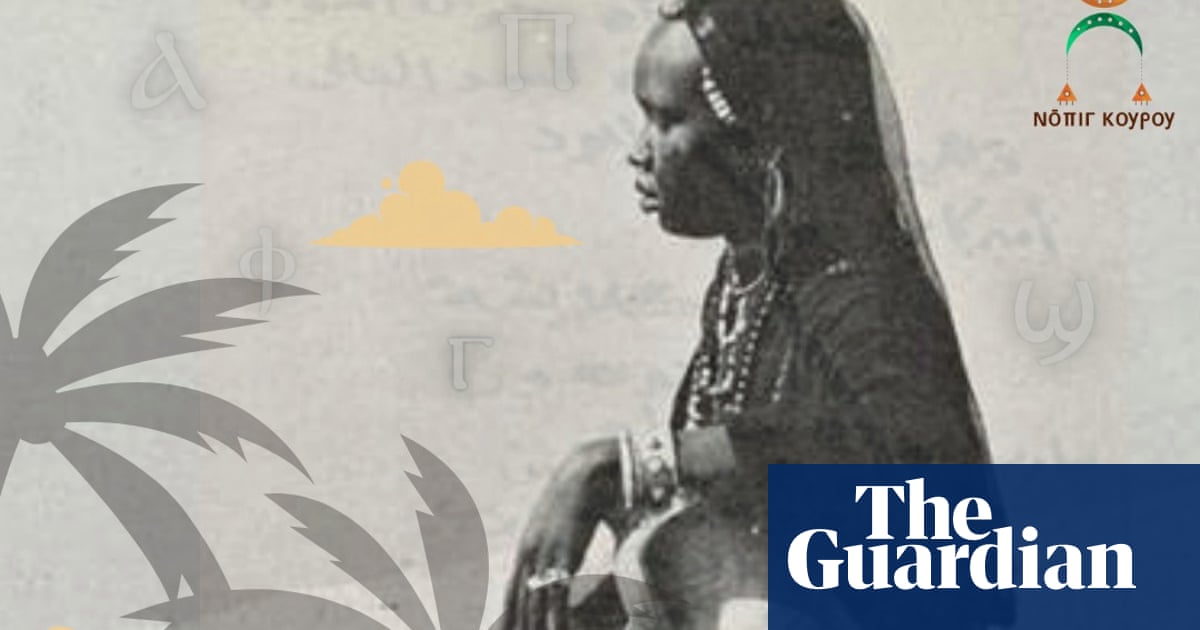
Ted Green is a rebel. He calls sheep “land maggots”. A horse-riding centre is “a dog-food complex”. And the ancient tree expert’s new book includes a photo of him sticking up two fingers at a portrait of Margaret Thatcher.
But the influential, iconoclastic Green, 89, who has lived his whole life around Windsor Great Park and still works as a conservation adviser for the crown estate, is also a staunch advocate for King Charles’s protection of Britain’s unique trove of ancient trees.
Taking the Guardian on a grand tour of Windsor Great Park, which contains one of the greatest concentrations of old oaks in the world, Green says the king is not only conserving these irreplaceable, uniquely biodiverse living monuments but their genetics in the next generation of ancient trees.
We pass through private gates where he once trespassed, and Green points to King Offa’s oak, a spectacularly stout and sprawling oak which could be 1,300 years old.
“The tree you are looking at is a 1000-year-old gene bank with more than thousand-year-old gene-bank soil,” he says. “Conserving the genes of these ancient trees is absolutely priceless.”
The sapling next to it – and dozens of others across the park – have been personally planted by the king, after being successfully propagated from twigs of ancient oaks to preserve their unique genes in the next generation.
Crucially, mycorrhizal fungi and micro-organisms associated with the ancient tree should colonise the graft sapling’s roots – which are grown from Windsor acorns – to ensure the biological continuity of hundreds of species supported by the original old tree.
“He’s a good lad,” says Green of the king.
Green has spent his life challenging authority and scientific orthodoxies. Born in the village of Cheapside bordering the park, Green’s father was missing at war for much of his childhood and was later confirmed dead when Japanese forces sank a boat carrying prisoners of war. Green and his war-widow mother were evicted from their home and lived for two years in an ex-army concrete shed with a leaking roof.
Childhood illnesses meant Green skipped school and, from six onwards, often roamed wild – trespassing – in Windsor Great Park. Here he developed an encyclopaedic knowledge of trees and birds. As a young teenager, he cycled 160 miles (260 km) in two days to go birdwatching in Norfolk.
An eminent bird scientist spotted Green’s potential and encouraged him into a technician job at Imperial College’s field station close to the park. For 34 years, Green helped a wide range of scientists before Thatcher’s university cuts led to his redundancy. Then he became an adviser to the crown estate at Windsor, where he remains today, renowned for connecting sometimes warring ecologists, arborists and conservationists.
Green’s advice to the Knepp estate about its struggling ancient oaks played a crucial role in its owners Charlie Burrell and Isabella Tree rewilding their land. “Rewilding is conservation of the soil,” says Green.
According to Tree, Green “is mycorrhizal fungi” – a connector of ideas and people, an “original, free thinker” who constantly challenges received wisdom and conservation dogma.
“What is amazing about Ted is how he thinks,” she says. “He came at academia sideways, he didn’t go through that formal university route. He was self-taught from roaming feral as a child. His outlook is so fresh, and all based on observation in the field. He’s happy to table-thump and say ‘that’s nonsense’ in meetings. He loves cross-pollinating and that’s what science needs. All the ideas he sparks up, you think, ‘that’s so radical and off the wall’, and then you go, ‘he has a point’. He is outside the box all the time.”
Green’s new memoir, Treetime, which is published by the Arboricultural Association charity and was funded by Green himself after he won £25,000 on the premium bonds, is packed with deep knowledge, bold theories – and provocations.
He is relaxed about non-native trees, says shade is worse for British woods than high deer populations, and is a fierce critic of “the current unimaginative national crusade to cover our countryside in dense, dark, lifeless plantation forestry … under the guise of carbon capture”.
He argues that open-grown trees that grow for 400 years will sequester far more carbon than a cluster of small-crowned plantation trees with less than a century of life. Open-grown trees also bring huge biodiversity benefits, temperature regulation and even fruits. “The urban forest is incredibly important because they’re all open-grown trees,” he points out.
Britain has a wealth of such trees: England has at least 3,400 ancient oaks (more than 400 years old), estimated to be more than can be found across the rest of continental Europe. Oaks help support more than 2,000 species of animal, plant and fungi. In contrast, non-native spruce has been found to support just 37 species of invertebrate.
“We’re a small island that got coal and so the demand for wood fuel decreased,” explains Green. “We also haven’t had a war for 400 years – and refugees and armies needed wood wherever they went – and above all we’ve kept our aristocracy. We’ve got to thank them.”
Unfortunately, Green points out, there are benches beside the River Thames “that have more protection than our ancient trees”.
In France, maps mark notable old trees. “Pretty well every other country in Europe reveres their old trees. We just take them for granted,” says Green.
According to Green and other ancient tree specialists, tree preservation orders are not fit for purpose because local authorities lack the resources to enforce the law and protect trees. He wants a listing system for ancient trees, with funding to enforce protections and help owners positively manage their old trees.
The Heritage Trees bill, introduced as a private member’s bill in the Lords by Barbara Young this month, would do that but the prospects of it becoming law without government support is slim.
Green fears that mainstream conservation doesn’t “recognise our obligation” to save our trove of ancient trees. “For me, the trees are trying to tell us things. In the past, miners took canaries down the mine. If we want to look at the health of Europe, we only have to look at the health of the trees. Our single biggest obligation is the care of our ancient trees north of the Mediterranean.”
If he could have one wish, it would be “for our trees to command the same respect and recognition that we give our historic buildings”, he says. “Trees are living heritage.”












